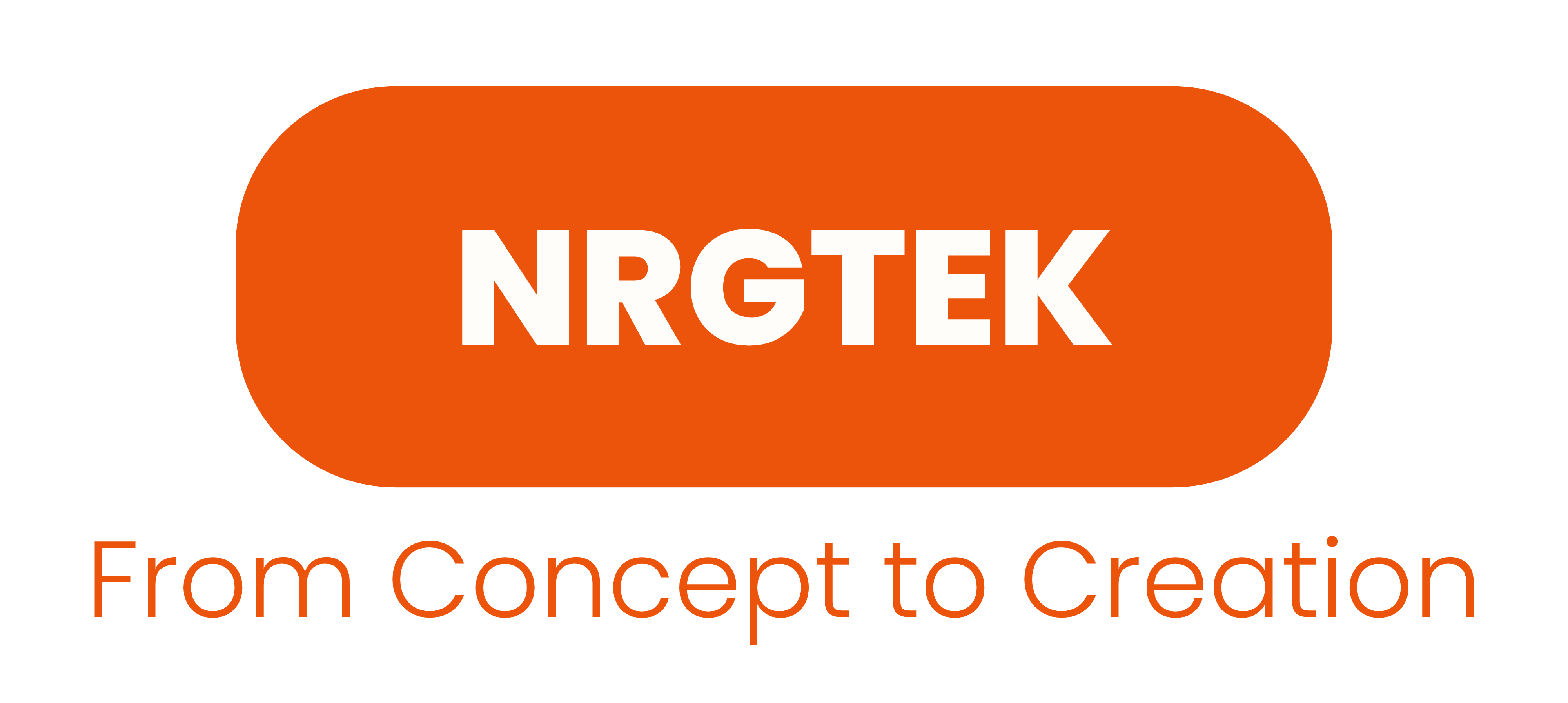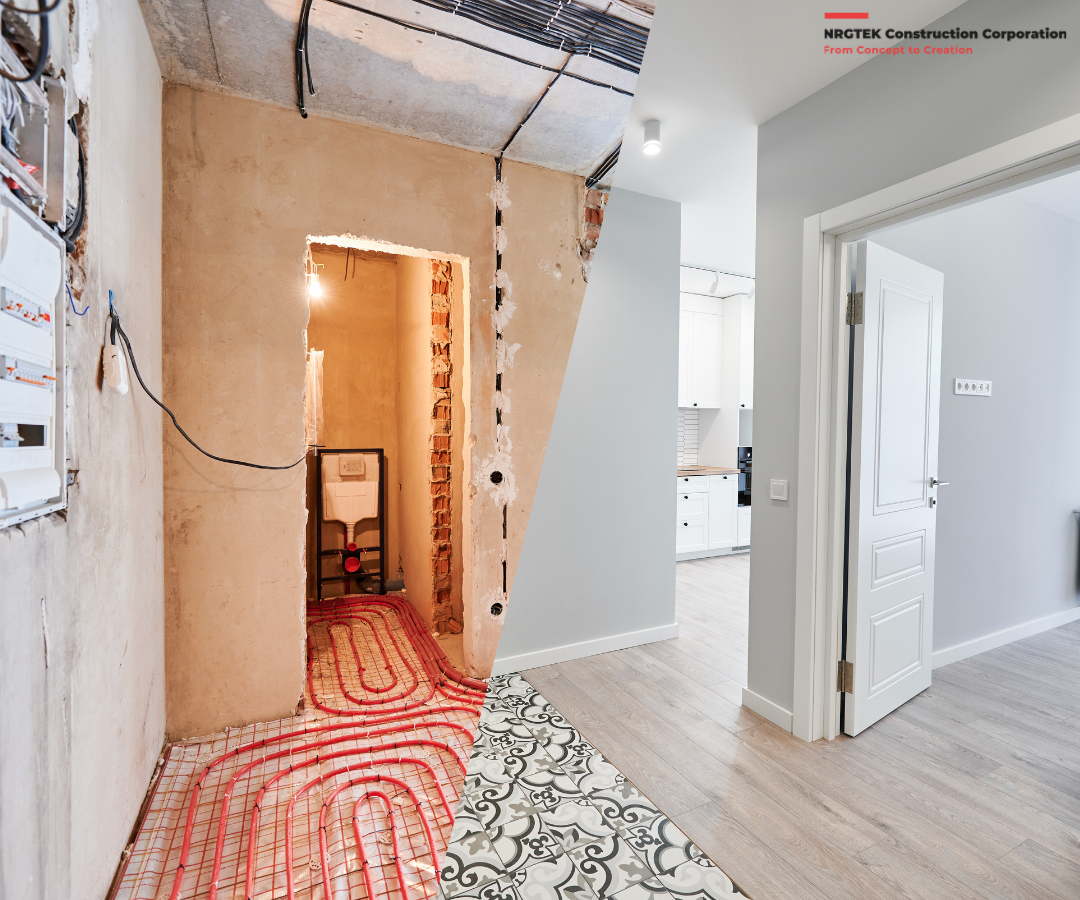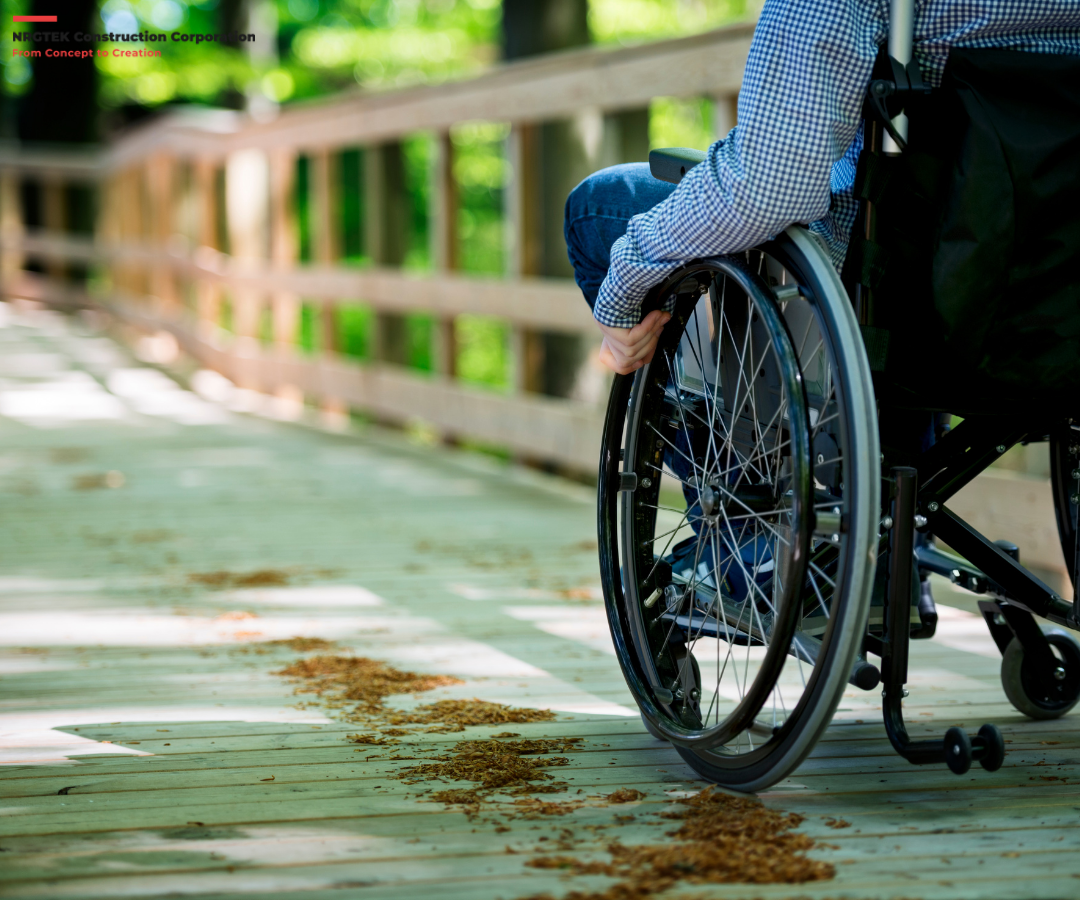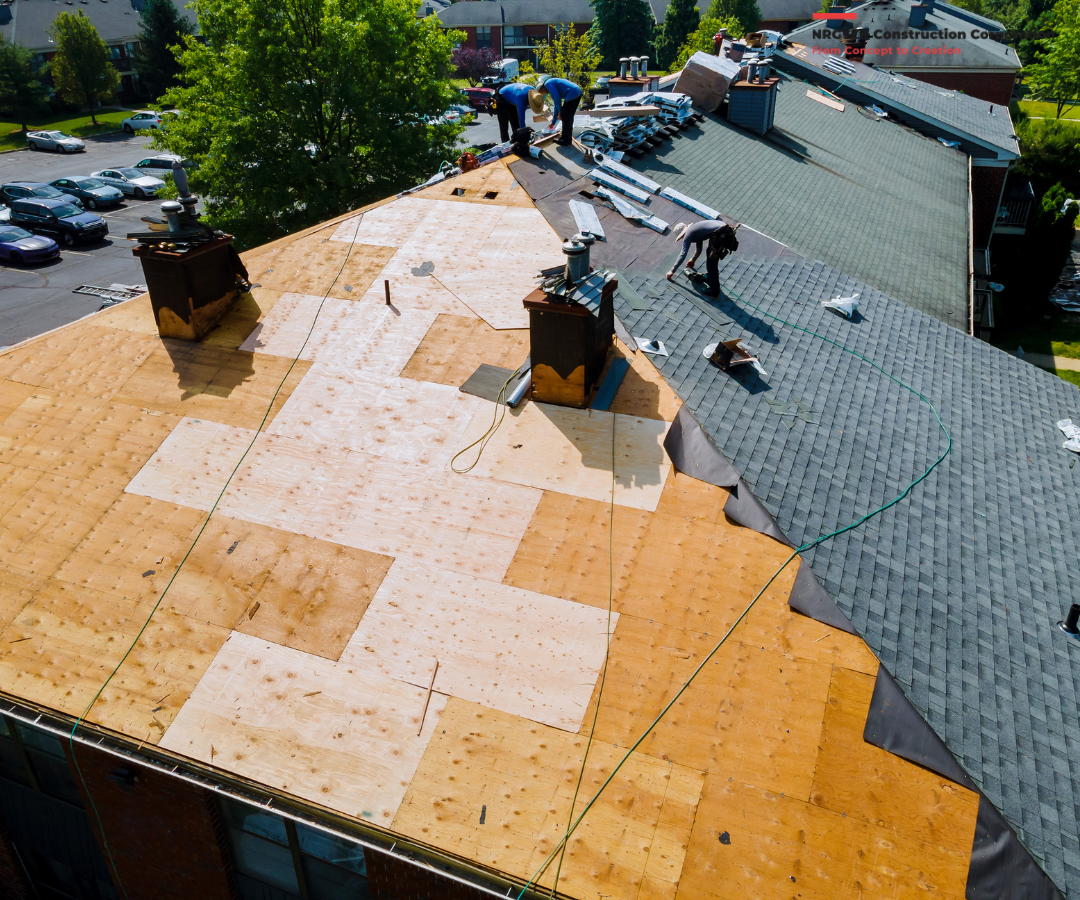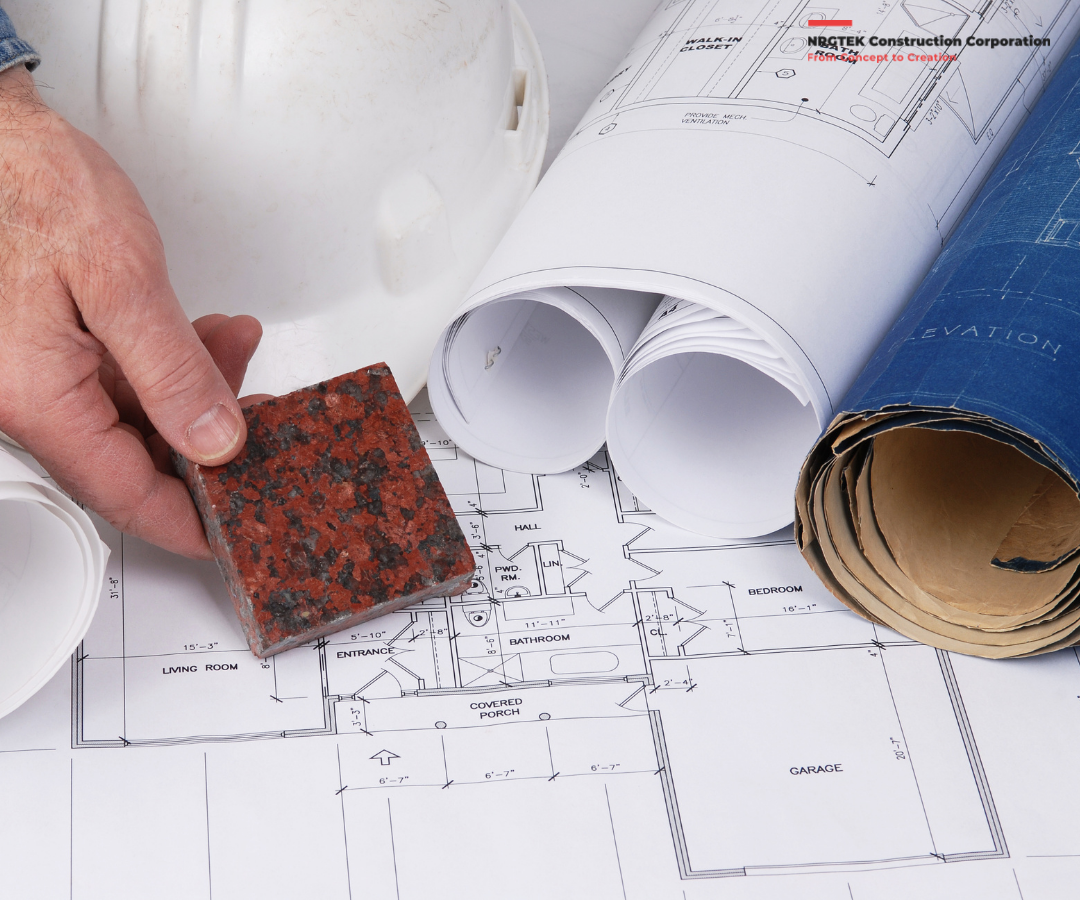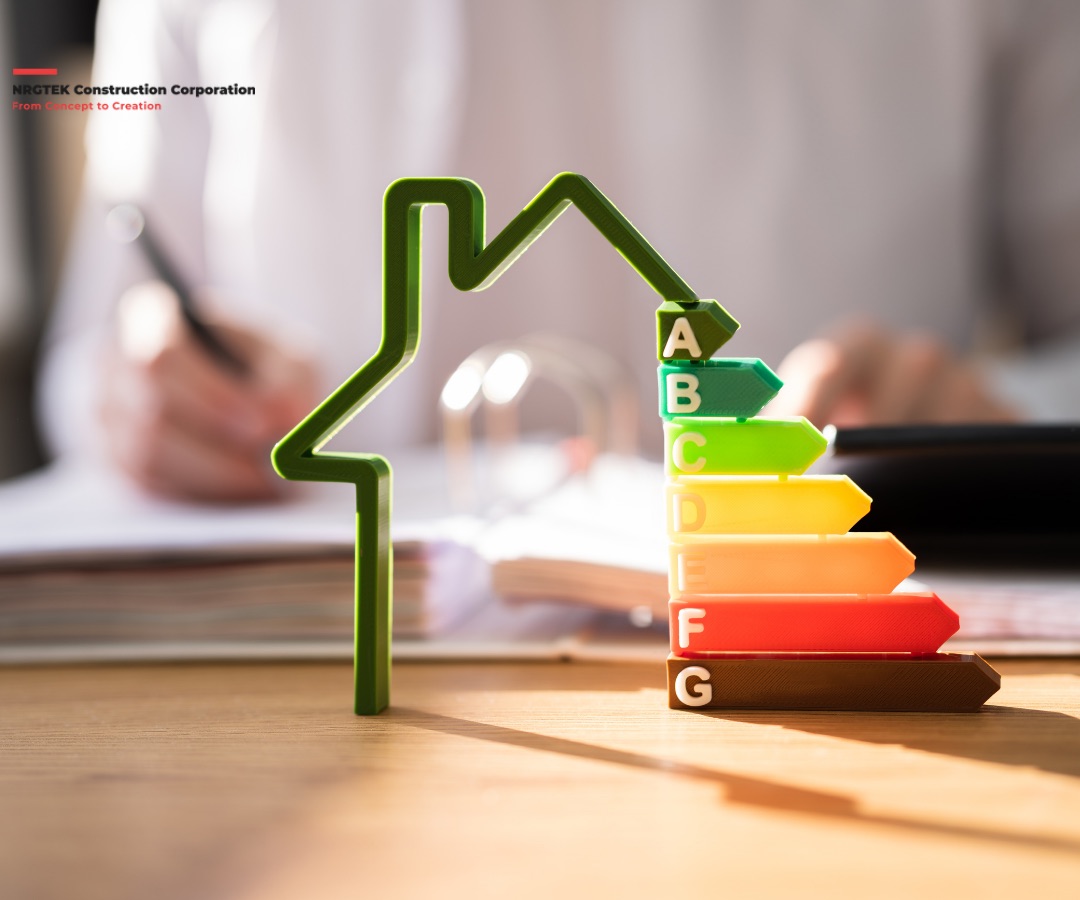
In British Columbia (BC), building a house with an emphasis on environmental sustainability is more than just a fad; it’s a responsible and progressive strategy that helps the environment and the home owners alike. A consideration of environmental preservation and climate change has made it imperative to use eco-friendly building solutions. This is a summary of a few cutting-edge and practical eco-friendly home construction techniques that are becoming more and more well-liked in British Columbia.
1. Eco-friendly Construction Materials
One of the most important steps in building an eco-friendly home is selecting sustainable building materials. Because these materials are frequently recovered, recycled, or sourced sustainably, the environmental impact of construction is lessened.
Recycled Steel: By using recycled steel for framing, waste is decreased and less new raw materials are needed. Additionally, at the end of its life cycle, it is recyclable and incredibly durable.
Bamboo: Owing to its quick growth and regrowth, bamboo makes a great substitute for conventional hardwood in flooring and cabinetry.
Reclaimed Wood: Sourcing wood from old buildings or salvaged materials helps reduce deforestation and gives a unique character to the home.
2. Design with Energy Efficiency
A home’s environmental impact can be significantly decreased by designing it with energy efficiency in mind. This entails making the most of the insulation, natural light utilization, and orientation of the house.
Passive Solar Design: This approach lessens the need for artificial heating and cooling by arranging the house to receive the most sunlight in the winter and the least amount of heat gain in the summer.
High-Performance Insulation: By efficiently reducing energy loss, insulation for floors, walls, and roofs helps to maintain a comfortable interior temperature while using less energy.
Energy-Efficient Windows: Low-emissivity (low-E) double- or triple-glazed windows help keep heat out in the summer and in during the winter.
3. Sources of Renewable Energy
Integrating renewable energy sources into home construction is a significant step towards sustainability.
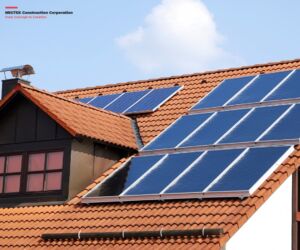 Solar Panels: Installing solar panels on the roof can provide a substantial portion of the home’s electricity needs, reducing reliance on non-renewable energy sources.
Solar Panels: Installing solar panels on the roof can provide a substantial portion of the home’s electricity needs, reducing reliance on non-renewable energy sources.
Geothermal Heating and Cooling: By utilizing the earth’s consistent temperature, geothermal systems effectively heat and cool homes while using less energy.
Wind Turbines: For homes in windy areas, small-scale wind turbines can supplement the home’s energy supply.
4. Systems for Conserving Water
One of the main elements of an eco-friendly home is efficient water use. Lowering waste and utility costs can be achieved by putting in place water conservation systems.
Rainwater harvesting: Gathering and preserving rainwater for non-potable applications and irrigation lessens the strain on municipal water supplies.
Low-Flow Fixtures: Installing low-flow showerheads, faucets, and toilets can significantly reduce water consumption without sacrificing performance.
Greywater Recycling: Systems that recycle greywater from sinks, showers, and laundry for use in irrigation or flushing toilets can cut water use dramatically.
5. Green Roofing and Landscaping
Green roofing and sustainable landscaping enhance a home’s environmental performance by improving insulation and promoting biodiversity.
Green Roofs: Vegetated roofs provide excellent insulation, reduce stormwater runoff, and create habitats for local wildlife. They also improve air quality and reduce the urban heat island effect.
Native Plant Landscaping: Using native plants in landscaping reduces the need for irrigation and pesticides, as these plants are well-adapted to the local climate and soil conditions.
6. Technology for Smart Homes
A home’s sustainability can be improved and energy use can be optimized with smart home technology.
Energy Management Systems: These tools assist homeowners in cutting back on consumption and pinpointing areas for improvement by tracking and managing energy use.
Smart Thermostats: These programmable devices can recognize patterns in a home and optimize temperature by adjusting heating and cooling.
Automated lighting: By dimming lights in unoccupied rooms or regulating brightness in accordance with ambient light, smart lighting systems can save energy consumption.
7. Accreditation and Guidelines
A house that satisfies strict environmental performance requirements is guaranteed to have received green building certifications and standards.
LEED Certification: This credential, which stands for Leadership in Energy and Environmental Design, offers a framework for green buildings that are cost-effective, highly efficient, and healthful.
Passive House Standard: This rigorous standard focuses on achieving ultra-low energy buildings through high levels of insulation, airtightness, and heat recovery ventilation.
Conclusion
In British Columbia, creating a green home requires a comprehensive approach that includes using renewable energy sources, energy-efficient design, sustainable materials, green roofing, smart technology, and water conservation. Homeowners can design homes that not only reduce their impact on the environment but also provide long-term cost savings and a healthier living space by implementing these solutions. Adopting environmentally friendly building techniques for homes is a commitment to a sustainable future that will benefit present and future generations.
